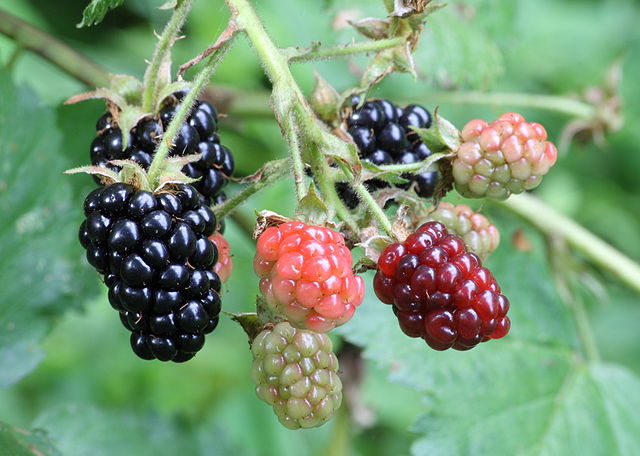Dietician Sophie Bruno investigates what our ancestors ate for supper.
Every now and then a reference to the Paleolithic diet, more commonly known as the Paleo Diet, will creep into conversation. This diet advocates the diet model of eating like cavemen did 10,000 years ago to achieve optimal health, lose weight and keep at bay disease. The diet appears to have gained popularity in recent years, as many of the recommendations appear to make sense and mirror some of the guidance advocated by national food-based guidelines. But is this primal diet the remedy to obtain sustained weight loss?
This article will appraise this trendy diet and investigate further what the science says. However, as a general rule, before embarking on any diet it is important to exercise some caution; always carry out some thorough research, also examining what the critics have to say. Weigh up the pros and cons prior to making an informed decision.
Which foods are allowed on the Paleo Diet?
The Paleo diet promotes the Stone Age diet model in order to achieve optimal health. Foods that can be hunted, fished or gathered are permitted: grass-fed meat, fish, shellfish, poultry, eggs, vegetables, fruits, nuts, seeds, grass-fed butter and some oils (olive, walnut, flaxseed, macadamia, avocado and coconut). The Paleo diet highlights selecting meat from pasture-fed or sustainably raised animals.
Which foods are forbidden on the Paleo Diet?
The general rule of thumb is that if cavemen did not eat it, then you should not either. No grains are permitted (barley, wheat, corn, oats and rice), no dairy (milk, yogurt, regular butter and cheese), no legumes (all beans, lentils, peas, peanuts and all peanut products, soybeans and soy products), starchy vegetables (potatoes), no refined sugar, no salt, no cured meats (cured ham, salami and sausages), no packaged or processed foods. Why? According to the Paleo proponents, our bodies are genetically predisposed to eating this way. They blame the agricultural revolution and the addition of grains, legumes and dairy to the human diet for the onset of chronic diseases, for example obesity, diabetes and heart disease.
What are the benefits and concerns of adopting this lifestyle?
Two benefits of the Paleo diet are that it eliminates the reliance on refined carbohydrates and is low in sugar. Furthermore, it helps to eliminate processed snack foods that are high in energy and nutrient-poor. On the contrary, whole grains and legumes, which are forbidden on primal diets, are an important source of fibre and nutrients, as well as being an eco-friendly source of plant-based protein. In addition, whole grains have been linked to improved health by reducing heart disease and cancer. Furthermore, recent evidence suggests that dairy may have a beneficial role to play in weight loss and reduced risk of cardiovascular disease.
The Paleo diet encourages inclusion of fruit and vegetables, which is in line with the majority of national food-based dietary guidelines. However, the over-reliance of the Paleo diet on meat could contribute to increased risk of cardiovascular disease due to the high levels of saturated fat often contained in meat. Furthermore, this is not aligned with national recommendations, which typically encourage the reduction of red meat consumption for better health.
Eliminating whole grains, legumes and dairy is not the remedy to curb disease and promote weight loss. On the contrary, it could potentially be risky. These foods are nutrient-rich as they contain important vitamins and minerals, including calcium. Eliminating entire food groups could lead to nutrient deficiencies unless they are supplemented.
The advocating of coconut oil is controversial as it is exceedingly high in saturated fat – it is composed of about 85% saturated fatty acids. The scientific evidence shows a direct correlation of these types of saturated fatty acids with the raising of total cholesterol and LDL-cholesterol. As such, most national recommendations only recommend the occasional consumption of coconut oil or in small amounts as part of a healthy, balanced diet.
Although weight loss is often achieved with this diet, since fewer calories are being consumed, it is very difficult to maintain such an ultra-restrictive diet long-term; it could also promote yo-yo dieting which is detrimental for health. Weight will be regained as soon as ‘forbidden’ foods are re-introduced into the diet.
We live in a society where it is almost impossible to eat exactly as our ancestors ate. Furthermore, it may be difficult to follow such a restrictive diet model due to the lack of variety and the need for supplementation of certain ‘excluded’ nutrients. Moreover, the Paleo diet can be very expensive.
As a lasting note though, the majority of us would benefit from taking some Paleo ‘themes’ and applying them to our eating habits: eat more fruit and vegetables, reduce refined carbohydrates, eat less sugar and try to buy sustainably raised meats, poultry and fish. These Paleo recommendations are consistent with widely accepted nutrition recommendations and could help to achieve improved health.
Photo: Ragesoss







